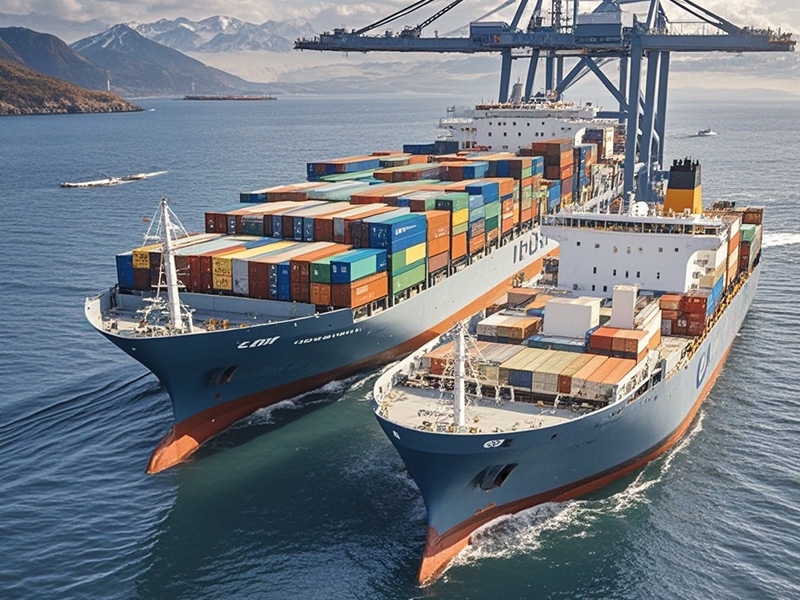In the context of globalization, Southeast Asian ports are becoming new hotspots in global shipping. Recent analytical reports indicate that the development of ports in this region is accelerating, gradually establishing them as key trade centers.

Ports in Southeast Asia, particularly in Vietnam, Thailand, Malaysia, and Indonesia, are experiencing an unprecedented wave of development. These countries are attracting substantial foreign investment, strengthening shipping infrastructure, and continuously enhancing their global competitiveness. The ports of Haiphong and Ho Chi Minh City in Vietnam, along with Tanjung Pelepas and Kuantan ports in Malaysia, play significant roles in this competition.
Notably, these emerging ports are not only improving their hardware facilities but also significantly enhancing their logistics performance. According to the latest analysis, major ports in Southeast Asia have made substantial progress in logistics efficiency and port connectivity.
With the rise of these new ports, the global shipping landscape is undergoing subtle changes. The emergence of new shipping services and alliances is reshaping the map of global trade. This not only brings new opportunities for economic development in these regions but also has a profound impact on the global shipping market.
For Chinese enterprises, the rise of Southeast Asian ports offers new opportunities for cooperation and development. China’s experience and technology in infrastructure construction can play a vital role in the development of these emerging ports. Additionally, Chinese companies can expand their market share in the global shipping sector through collaboration with these ports.
The rapid development of Southeast Asian ports heralds the arrival of a new era in global shipping…

 alt=""
alt="" 


 Logistics line quotation
Logistics line quotation Cross-border express order
Cross-border express order 24 hours online customer service
24 hours online customer service Huixiang Cross-border Logistics all rights reserved
Huixiang Cross-border Logistics all rights reserved 






